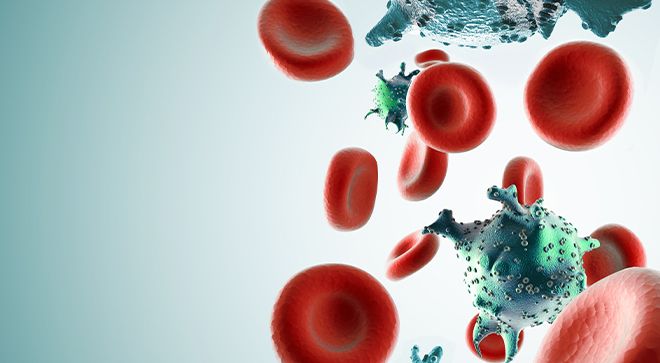Video
Myeloma Therapies Create an ‘Optimistic Picture’ for Patients’ Futures
Author(s):
In an interview, Dr. Andrew Yee of Massachusetts General Hospital discusses how a multiple myeloma diagnosis affects a patient’s life and how hopeful he is about helping them lead normal lives.
While there is no cure for multiple myeloma, the goal of treatment is to put the disease “on the back burner,” says an expert from Massachusetts General Hospital.
In an interview with CURE®,Dr. AndrewYee, a medical oncologist, acknowledged the difficulty of receiving a multiple myeloma diagnosis and how it takes a toll on a patient’s life.
“The first several months, it’s very busy, coming to terms with the diagnosis, seeing the providers, getting to know the people taking care of you,” said Yee. “And I do also appreciate the burden on the caregiver as well. I mean, it’s really a team effort.”
While at first a myeloma diagnosis is alarming for patients, the hope is for them to be able to resume their normal lives after treatment.
“When I see a patient, usually the multiple myeloma is sort of front and center, like on the front burner,” said Yee. “The hope is that with treatment (a) majority of patients I see, we can turn this from being a front burner to something that's on the back burner, that's on the background.”
Transcription:
I do want to appreciate that getting this diagnosis is a really hard diagnosis, because you're moving forward with your life and then your life gets turned upside down. When somebody gets a diagnosis of cancer, and especially in multiple myeloma, there’s something that's brand new and something that's that you've never heard of before. And I think that when patients start treatments, I am hopeful that with the treatment – when I see a patient, usually the multiple myeloma is sort of front and center, like on the front burner. The hope is that with treatment (a) majority of patients I see, we can turn this from being a front burner to something that's on the back burner, that's on the background.
And that with these treatments, well, you know, the beginning for a newly diagnosed patient, their treatment, the schedule, there's a lot of visits for treatment, and some patients might include like an autologous stem cell transplant. The first several months, it's very busy, coming to terms with the diagnosis, seeing the providers, getting to know the people taking care of you. So, there's a lot of visits.
And I do also appreciate the burden on the caregiver as well. I mean, it's really a team effort. And I think that, you know, we put a lot of work into this, but you get to a point that we can make this kind of go on to the background. So, the majority of patients, it goes from being the front burner, to more in the background, and kind of more of a back burner issue where patients can move on with their lives and do the things that they normally do.
I know right now, obviously, we have COVID-19, and that's sort of a front burner topic for everybody. But I think that with multiple myeloma, we can get to a point where patients can do the things they normally do in terms of spending time with their grandchildren, traveling, all the things that you normally would do. There’s also this overlay of COVID-19 in the back.
But, you know, with therapy, the majority of our patients, they can live the fullest life possible. Yes, it's big news, but I'm trying to create an optimistic picture that with the therapies we have, people can really live their life to the fullest.
For more news on cancer updates, research and education, don’t forget to subscribe to CURE®’s newsletters here.




